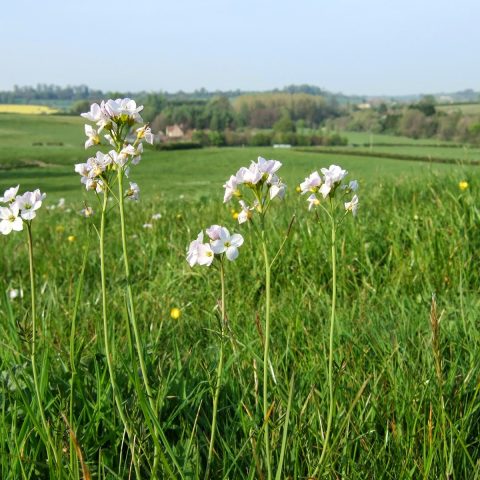Pumlumon's story
Aiming to reinvent the thinking on land use in mountainous areas of the UK, the Pumlumon project has been restoring 40,000ha of land in the Cambrian Mountains since 2007. The project is located in Powys, Wales, and it covers a variety of ecosystems, including heathland, blanket bog, woodland, conifer plantation, and (improved-to-acid) grassland. It is led by Montgomeryshire Wildlife Trust in an area with "Special Scientific Interest" conservation status that is home to the catchments of the rivers Severn, Wye and Usk. Before restoration work began, the land was primarily used for agricultural production.
The heart of the Pumlumon project is the work with traditional users and managers of the land to shift practices, including those involved in local farming, forestry and tourism. The aim is to tackle the challenges and seize local opportunities related to a host of environmental issues that include protecting carbon storage capacity, enhancing carbon sequestration, reducing flood risks, bettering water quality and quantity, limiting soil erosion, increasing biodiversity, producing sustainable food, reintroducing lost wildlife, rehabilitating habitats, developing green tourism, and supporting the local economy.
To achieve these goals, changes to land management practices in the area have been implemented consistently over years, including blocking ditches in peatland, planting hardwood trees and de-intensifying animal grazing patterns. So far, almost 7 miles of ditches have been blocked, 105 hectares of peat have been restored and 82,500 tonnes of carbon have been stored/sequestered. Embracing a model of ecological land management, the Pumlumon project's success is based on the scientific analyses and supply chains economics which shape the decision-making processes around it. Furthermore, local community and multi-stakeholder involvement are key to ensure the long-term sustainability of the project.
Having measured the environmental benefits of the project's work, the measurement focus of the Pumlumon project has now shifted to finding ways to quantify the value of the social and economic benefits that the restoration work has provided and will continue to provide.
Useful learnings from Pumlumon
It is vital to survey and quantify the ecosystem services provided/ safeguarded by restoration efforts - through precise, objective scientific measurement and analyses - to secure sustainable project funding and to work productively with policymakers and the private sector.
Establishing social and economic objectives in ecological restoration is as important as having environmental ones, and in particular to involve relevant stakeholders and members of the local community.
Having a long-term vision for restoration work is essential, understanding that some of the sought benefits will be enjoyed by future generations living on, and managing the land. This is also why involving the local community and public bodies is important, as it promotes collective ownership and responsibility over the project.
Pumlumon's metrics
Miles of ditches blocked. Hectares of peatland restored. Tonnes of carbon stored/absorbed. Ecosystem services provided/safeguarded (in quantitative format)







